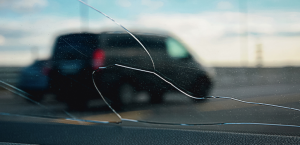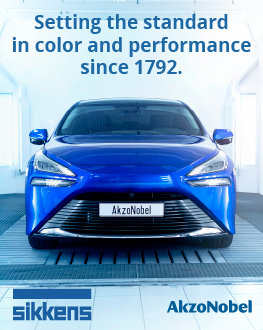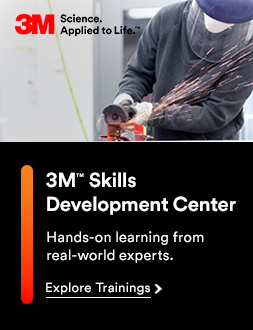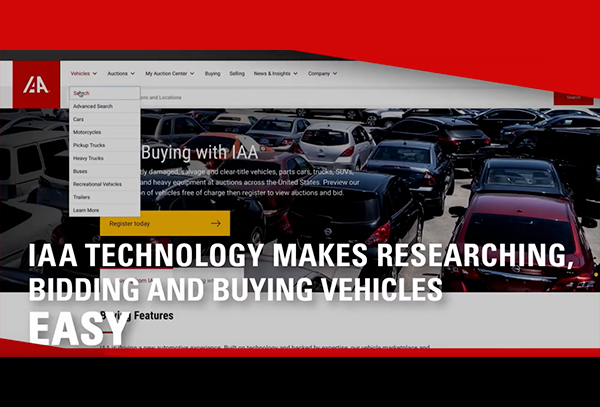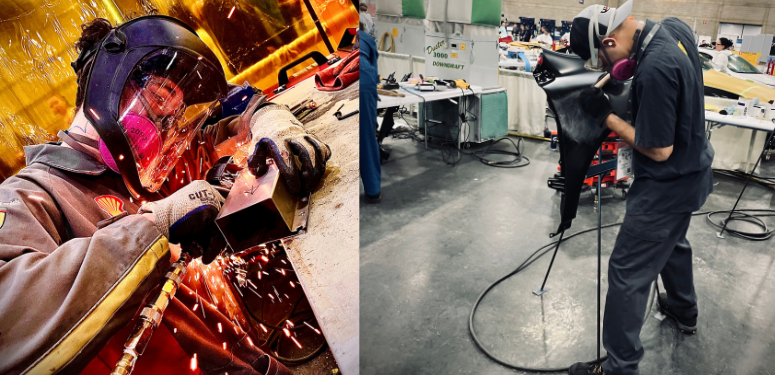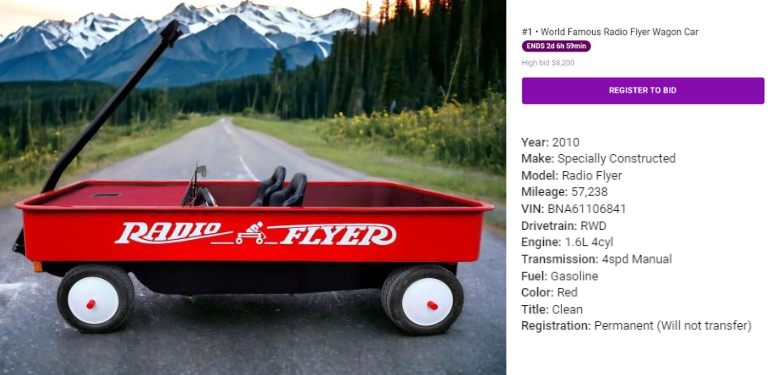Big buyout funds are more interested than ever in the sector. The race to consolidate the US market is on. Can one of Canada’s biggest pension funds win with Caliber?
By Jeff Sanford
Toronto, Ontario — June 23, 2015 — Big-time financiers on both Bay and Wall Street are showing huge interest in the collision repair industry. The number of deals done over the last couple of years is ballooning. While consolidation has long been a major force in Canada, a battle to be the first to consolidate the comparatively massive US collision repair industry seems to be looming—can the Canadian pension fund at the centre of it all win the day?
The most recent deal action: In early June of this year infamous Wall Street “activist” investor Carl Icahn bought a stake in Quebec-based Uni-Select. The company is selling its US operations (Uni-Select USA and Beck/Arnley Worldparts) to Icahn Enterprises for $340 million.
Another recent deal sees Warren Buffett’s Berkshire Hathaway buying an 8.7 percent stake in Axalta Coating Systems from Carlyle Group. Also, in July of last year major buy-out fund Blackstone bought a controlling stake in Service King Collision Repair Centers.
It is this last deal that is most interesting.
The strategy on the part of Blackstone is said is to be a consolidation play around the fragmented collision repair business in the US. Consolidation is much more advanced in Canada than in the US, with network, franchise and MSO locations accounting for approximately 70 percent of the dollar volume. The situation in the US is very different. While consolidation certainly has occurred in the US, the pace of this consolidation and the extent to which it has taken place are much lower than in Canada.
In short, the collision repair industry in the US is still highly fragmented. There are many different owners and lots of “Mom and Pop” shops in the industry. And that means there is room for a buyout fund to come in and reap the rewards that would come with introducing new efficiencies and economies of scale.
Here in Canada the pension fund for Ontario municipal employees, the Ontario Municipal Employees Retirement Systems (OMERS), has an eye on this opportunity. Recently its private equity division bought up a controlling stake in Caliber Collision Centers, an American MSO that controls about 300 collision repair facilities in California, Arizona, Nevada, Colorado, Texas and Oklahoma.
An active consolidator, Caliber openly solicits collision repair centre owners to sell their businesses to the growing chain. OMERS, through its subsidiary, OMERS Private Equity (OPE), will be part of the action.
Private equity is a rarified area of the financial world, different from public market investing and venture capital markets. In the private equity world the goal is to find undervalued companies and buy a controlling stake. Shake up the organization, or consolidate an industry, before selling out that stake five years later for a gain.
The private equity sector is sometimes considered the most sophisticated area of the fund world. These companies are sometimes criticized for breaking up companies, or introducing layoffs. But it is in the effecting of this so-called “creative destruction” that advances and efficiencies are introduced into the economy. It is through the work of the private equity funds that economies evolve—private equity firms keep the economy turning over and growing.
The private equity sphere is also home to some of the biggest titans of Wall Street. Famous names like Henry Kravis of legendary firm KKR populate the sector (Kravis was the inspiration for Michael Douglas’s character in the movie Wall Street). Here in Canada one of the biggest names in the sector is Gerald Schwartz, who runs Onex Corp.
Schwartz went to Harvard with Kravis and is a big player in the buy-out/private equity world. His wife is Indigo Books CEO Heather Reisman. Said to be close to Prime Minister Stephen Harper, Schwartz gave an Onex executive time-off from the company to go to Ottawa and work as Harper’s chief of staff.
It was Onex that first acquired Caliber in 2008. At the time Onex paid $170 million for the Texas-based chain. Two years ago Onex sold that stake to OPE for a 7.5 times return on investment. So Schwartz did very well. Now it’s up to OMERS Private Equity to take the company to the next level.
Collision Repair magazine recently interviewed the Managing Director of OMERS Private Equity, Tim Patterson, who explained the interest of the pension fund in Caliber.
Explaining what it is OPE looks for in its acquisition, Patterson says OPE searches for companies that, “offer multiple avenues to growth, through organic growth, new site development or from acquisitions.” That is, there has to be a compelling reason for OPE to buy into a company. Can the company be more efficiently managed? Are their acquisition possibilities?
According to Patterson, “Caliber fits this mandate very well.” Like the Blackstone/Service King deal, the plan now is to “roll-up” the highly fragmented US collision repair industry.
The strategy makes sense. According to Patterson, the things OPE likes about the US collision repair sector: It is a large, stable and highly fragmented market.
“Overall, it’s approximately $30 billion per annum. The top four Multi-Site Operators (MSOs) own less than 10 percent of the sector’s revenue, and less than 5 percent of the shops. That’s an attractive dynamic for industry consolidation,” he says. “The other dynamic currently being played out within the industry is that the larger players like Caliber are taking market share away from the mom and pop shops, because Caliber can offer a lower overall cost to the insurance carriers, more consistent and higher quality repairs and higher customer satisfaction. It’s a win-win-win scenario for the insurance carriers, the customers and for the larger MSOs like Caliber.”
Taking a stake in Caliber is the best way to work the consolidation strategy. “We think they have the best management team in the industry. They have cultivated an amazing culture that has made Caliber the employer of choice,” says Patterson. “The company is also the acquirer of choice. Within the industry, the shops that are looking to be acquired are aware of this management team and culture, and want to be acquired by Caliber.”
Patterson has become a director on the Caliber board and is helping the company in its acquisition streak. This is a way for OMERS to control its investments in a way the pension fund can’t do with its public market investments.
“Our relationship with management at Caliber has been fantastic. We’ve worked closely with them to complete multiple acquisitions and various strategic initiatives. We believe that Caliber will continue to be the consolidator of choice five years from now,” says Patterson.
The investment is already playing out ahead of schedule. “We have doubled the size of the business in the last 19 months or so. That’s pretty impressive growth. We see continued growth at the same pace over the next two to three years at least,” he says. “In private equity the goal is sustained growth. We added 77 new sites in 2014, and 58 new sites in the first five and half months of this year alone. And we expect to continue growing at this pace for the next few years at a minimum,” he says.
The private equity portfolio has been the stand out at OMERS over the last couple of years. As it is, the vast majority of the money contributed by municipal employees to the pension fund is mostly invested in equities and bonds bought on public stock markets. But about 15 percent of the OMERS portfolio is in private equity. The types of investments made by OPE offer returns uncorrelated to returns from the public markets. Recently, the returns in the private equity division have been the highest of all the asset classes in which the fund invests. In 2012 and 2013 OMERS Private Equity delivered 23.6 percent and 19.2 percent returns consecutively. This is compared to a 0.5 percent and 7.5 percent return on standard stock and bond portfolios for the same period.
Considering the potential for growth at Caliber the out-size returns in the portfolio can be expected to continue.







